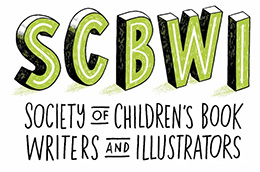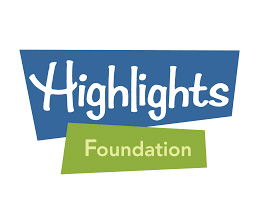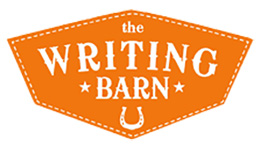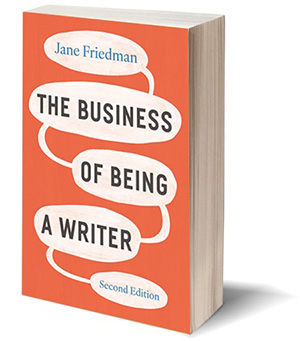How to Get Your Children’s Book Published
Step #8: Don’t Stop … Believing
We have come to the end of our series for teachers on publishing a children’s book. I hope in these past 7 months my articles have given you a better idea of what children’s authors do as well as the publishing business that employs us. We have learned about the types of children’s books, publishers and their employees, the process of book making, writing a story, and how to fix it.
Learning about writing for children is never over. Like teaching, as you work at it, you will learn more. In fact, that aspect of constant learning is one of the best things about the job. Some of the people I’ve learned the most from have been other writers. The experiences that have been most helpful to me include:
- SCBWI
 : Membership, Classes, and Conferences
: Membership, Classes, and Conferences - Writers Groups: Others critiquing my work
- Mentor Texts: As recommended, I read lots of children’s books, but even better, I made it a regular practice to take the books I really admired and type out the manuscripts in submission format as if I had written them. This practice taught me how few words a picture book really is and made it clear how much of the story the art carries when the art was not on the page. It showed me my part of the story.
Here’s the real challenge about this most subjective of businesses — no one can tell you ahead of time what will be most helpful to you. As a creator, you must figure out what works for you as you grow in your career. Other than SCBWI, here are a few more resources that may be helpful:
Highlights Foundation : This organization has online and in person workshops led by some of the most successful children’s writers in the business. Their courses cover all types of books, both writing and illustrating, beginners to experienced, various price levels and scholarships available.
: This organization has online and in person workshops led by some of the most successful children’s writers in the business. Their courses cover all types of books, both writing and illustrating, beginners to experienced, various price levels and scholarships available.
The Writing Barn : A center for teaching children’s writers. Many great courses including the Courage to Create community of which I’ve heard rave reviews.
: A center for teaching children’s writers. Many great courses including the Courage to Create community of which I’ve heard rave reviews.
MFA Programs. If you are serious about learning all you can, there are at least three universities offering MFA Programs in Children’s Writing: Vermont College of Fine Arts, Hamline University and Simmons University. The MFA is not in any way required (or a guarantee) to get a book published. Yet those who choose this route usually find a great community of supportive writers while learning extensive story techniques from professors who are working children’s writers. Even if you don’t pursue an advanced degree, look for any opportunity to cultivate a community of fellow children’s writers, they will almost always be your best teachers.
 If you are a teacher who wants to publish a children’s book, my final book recommendation is Jane Friedman’s The Business of Being a Writer. This book if for “those who want to make a full- or part-time job out of writing” and promises “a more positive and productive career” based on understanding “the basic business principles underlying the industry.” I like that Jane is open about the challenges of writing as a career. I’ve met too many sugar-coaters — people who will tell you that writing for children is all “play” or those who attribute success to accident (or social media!). Unless you are already a celebrity, making a living as any kind of writer does not happen by accident, and Jane’s book tells you why.
If you are a teacher who wants to publish a children’s book, my final book recommendation is Jane Friedman’s The Business of Being a Writer. This book if for “those who want to make a full- or part-time job out of writing” and promises “a more positive and productive career” based on understanding “the basic business principles underlying the industry.” I like that Jane is open about the challenges of writing as a career. I’ve met too many sugar-coaters — people who will tell you that writing for children is all “play” or those who attribute success to accident (or social media!). Unless you are already a celebrity, making a living as any kind of writer does not happen by accident, and Jane’s book tells you why.
Like a good narrative, I’m going to end where I started, with belief. Children’s publishing (like education!) is a wonderful, difficult, joyful, frustrating way to make a living. The only thing that gets most children’s writers to publication is our belief in young people and in books themselves. Most of us were children for whom books were important, and we need to share that experience with today’s children. Some of us write fiction for babies, some of us write nonfiction for high schoolers, some of us write poetry, others how-to books, some write it all! But authors do what we do because we believe in the world-changing power of words, and we can’t wait to welcome your published book into the world too. Keep believing, the young people of the world need your story!
Tag, You’re It! the series …
Step #1, Believe
Step #2, Know What You’re Writing
Step #3, The Publishers
Step #4, Main Characters in Publishing
Step #5, The Book Process
Step #6, Writing Story
Step #7, Fixing It
Step #8, Don’t Stop … Believing
